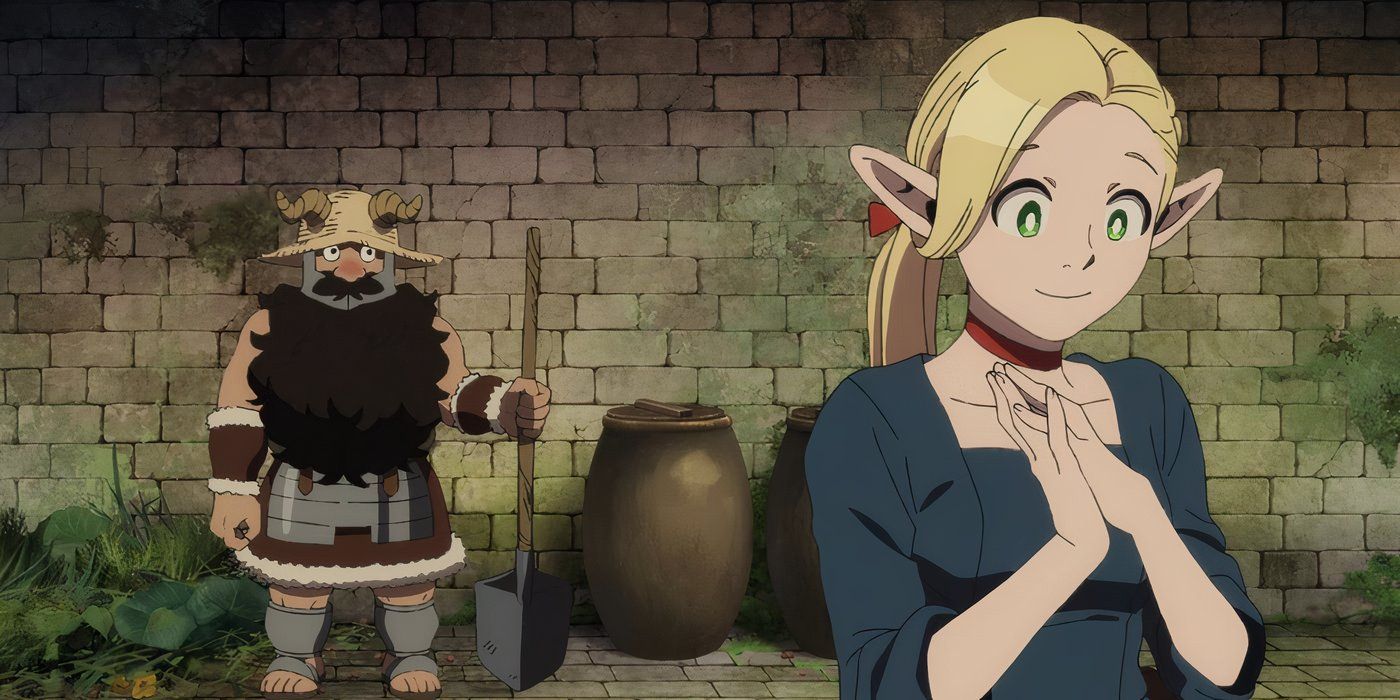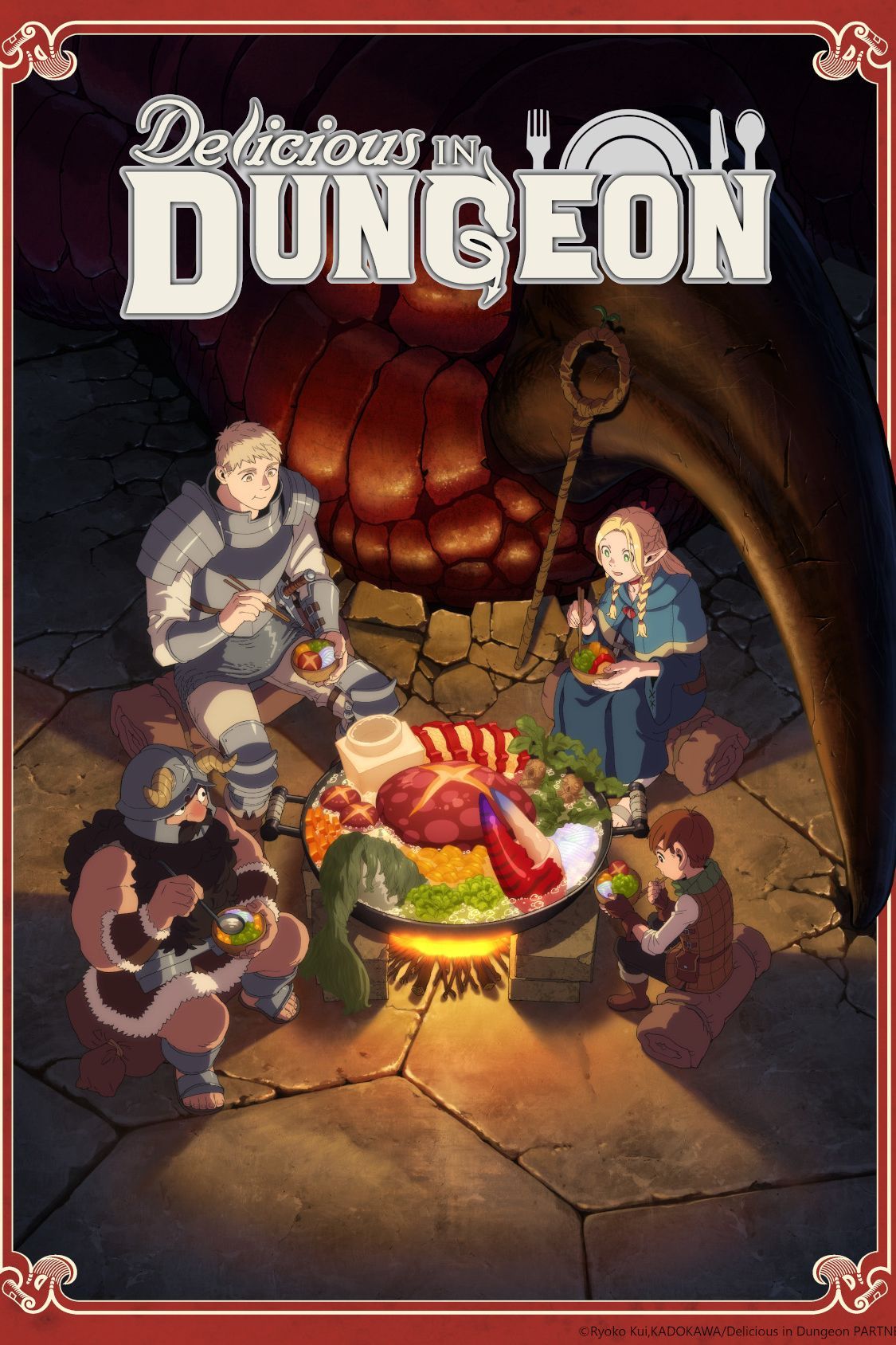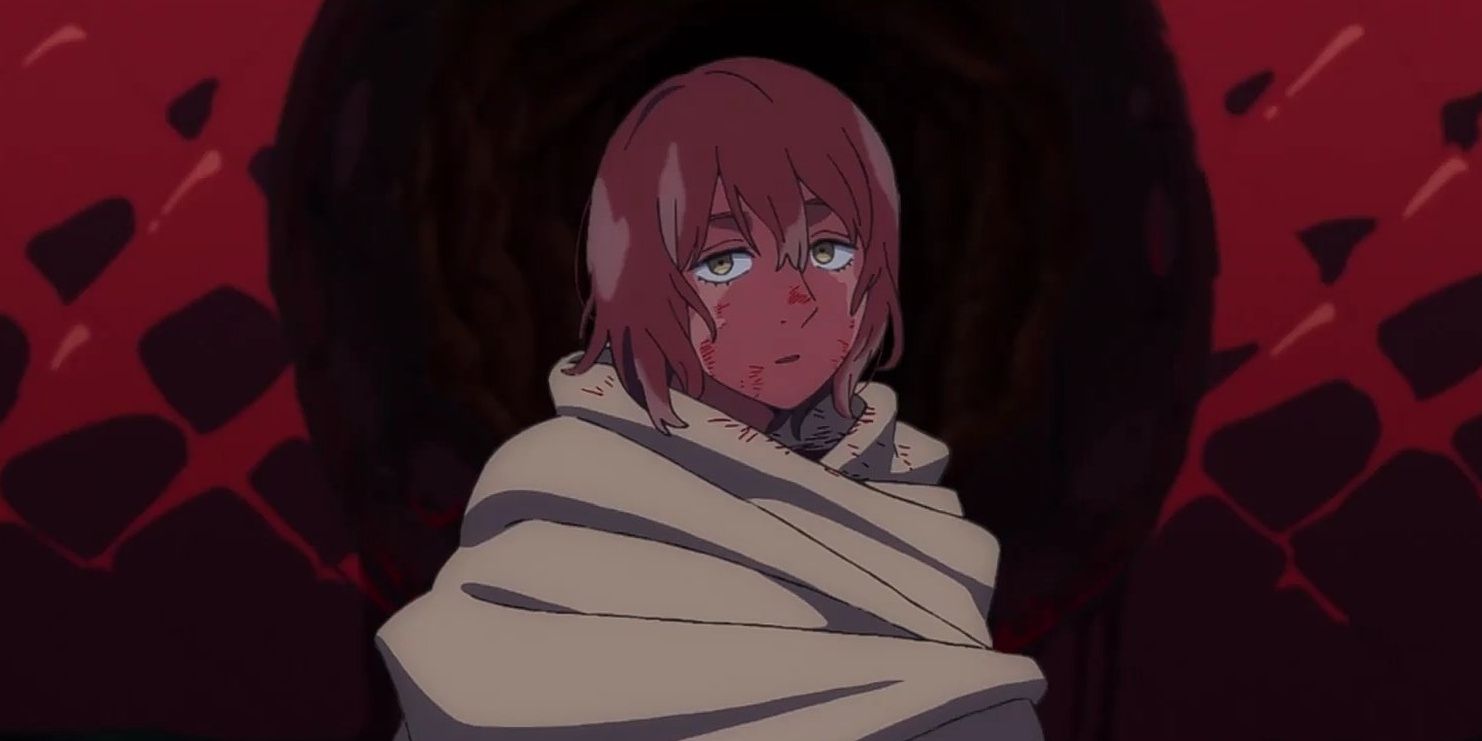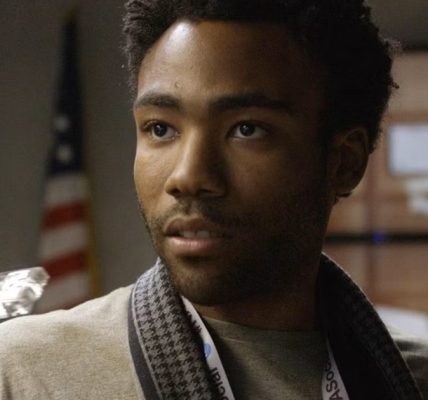When discussing the most harrowing scenes in anime history, it’s impossible to overlook the numerous gruesome deaths that are often depicted throughout the medium. Iconic moments such as the Eclipse in Berserk, the tragic demise of Nanaba (Asami Shimoda) in Attack on Titan, and virtually any death in Devilman Crybaby come to mind. However, a recent anime has demonstrated that sheer brutality doesn’t always mean the loss of life, nor does it require severe physical violence. Surprisingly, the most shocking scene in recent anime history hinges on the concept of resurrection rather than death itself. An overwhelming blend of blood, guts, and a jarring shift in tone elevates this resurrection to one of the most unsettling moments ever animated, and the setting for this shocking event is a series that outwardly appears as innocuous as Delicious in Dungeon.
Labeling Delicious in Dungeon as merely a cutesy series is a clear indication that one has not been truly attuned to the unfolding narrative on screen. The premise, which involves a team of adventurers transforming the monsters they encounter into delectable meals, may seem lighthearted at first glance. However, based on the manga by Ryoko Kui, the series delves into a variety of serious topics, such as prejudice and cannibalism. What truly takes viewers by surprise occurs in Season 1, Episode 12, where, after a prolonged search for the lost sister of their hero Laios (Kentarô Kumagai), the party ultimately discovers her in a rather horrific situation—inside the belly of a massive red dragon. Their quest leads them to slay the dragon to retrieve her body, but this is where the narrative veers into the realm of the grotesque and unsettling…
The Shocking Resurrection of Falin in ‘Delicious in Dungeon’ Stands as One of the Most Brutal Anime Moments Ever
Upon discovering Falin, Laios, Marcille (Sayaka Senbongi), Chilchuck (Asuna Tomari), and even Senshi (Hiroshi Naka) were aware of her grim fate—she had been devoured by the dragon. Despite this knowledge, they naively anticipated finding her remains intact or at least in a condition suitable for proper resurrection. Unfortunately, what they encounter is a disturbing assortment of human and warg bones, blended together to the point of being indistinguishable. This initiates one of the most unsettling sequences in Delicious in Dungeon, wherein the main adventurers attempt to reconstruct Falin’s skeleton. Complicating matters further, Marcille reveals the urgency of the situation; she must perform the resurrection herself using dragon meat and her expertise in ancient, forbidden magic. This dragon meat will serve as the basis for Falin’s body, given that she no longer possesses flesh or skin.
Anime enthusiasts are no strangers to the concept of gruesome resurrections. We have witnessed various renditions of Ed and Al trying to revive their mother in Fullmetal Alchemist and Fullmetal Alchemist: Brotherhood. However, while Fullmetal Alchemist adopts a more ethereal approach concerning the failures of resurrection, showcasing otherworldly limbs clinging to the brothers’ bodies and a peculiar eye at the center of their transmutation circle, Delicious in Dungeon opts for a more clinical depiction of Falin’s rebirth. This straightforwardness aligns with a show that dedicates considerable screen time to exploring the intricacies of cooking fictional monsters.

Related
One of Netflix’s Best Animes Has Officially Become the Biggest Loser of 2025’s Crunchyroll Anime Awards
The series was nominated in 16 categories.
The resurrection scene is not merely brutal in its execution; it represents a significant tonal shift for Delicious in Dungeon. While the depiction is graphic and unflinching, ensuring that viewers remain focused on the darker themes rather than the more lighthearted aspects of the story, it is still manageable for those accustomed to the horrific elements that anime can present. The brutality of Falin’s resurrection is heightened by its implications for the characters moving forward. Marcille’s use of ancient, dark magic to revive Falin is a significant taboo, especially since it involved the use of dragon meat—a choice that leads to swift condemnation from those who discover her actions. This pivotal moment alters the trajectory of the heroes, indicating their readiness to confront increasingly sinister challenges that lie ahead in the latter part of the series, especially as hinted at in the manga.
The method by which Marcille revives Falin also becomes crucial, as it ultimately paves the way for Falin’s transformation into a chimera under the influence of the Mad Mage (Yû Kobayashi) who exerts control over the dungeon. Many fans of Delicious in Dungeon may point to Falin’s transformation as the most disturbing moment in the series thus far. However, it is essential to recognize that Falin’s fate at the hands of the Mad Mage is a direct outcome of the actions taken by Marcille, Laios, Chilchuck, and Senshi. Hence, it is justifiable to highlight her resurrection as the most unsettling event in the storyline, at least to this point. It is a moment of brutality not solely due to the graphic content but also because of the profound impact it has on our heroes, transforming them into something monstrous—both literally and metaphorically.

Delicious in Dungeon
- Release Date
-
January 4, 2024
- Directors
-
Yoshihiro Miyajima
- Writers
-
Ryoko Kui, Kimiko Ueno
- Franchise(s)
-
Delicious in Dungeon

[nospin]Here you can find the original article; the photos and images used in our article also come from this source. We are not their authors; they have been used solely for informational purposes with proper attribution to their original source.[/nospin]








